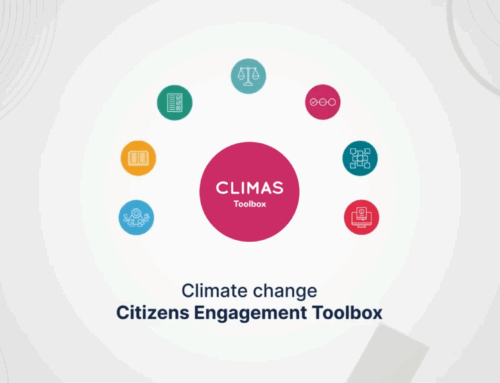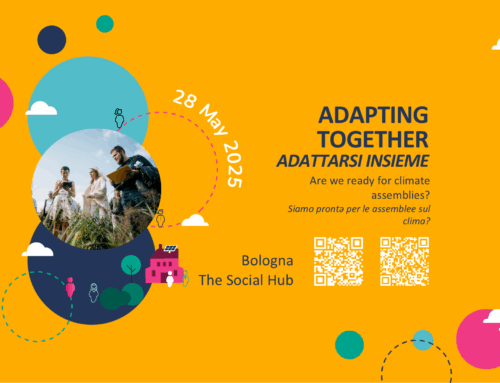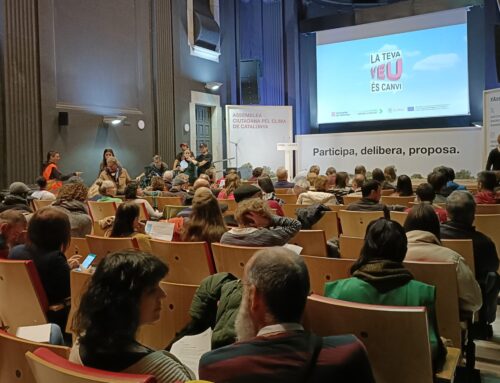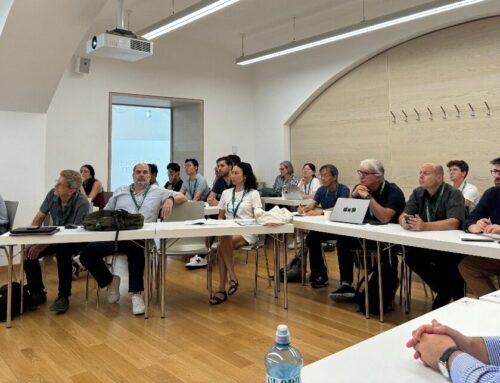A strategy to increase the impact on policy making
Focusing Climate-Assemblies on Policy Dilemmas
Climate Assemblies have become a revitalising force for climate action and democratic innovation at the local, national and global level. However, it is not entirely clear what the real impact of their recommendations on public policy has been¹. Are the recommendations unspecific or lack depth? Do governments base their acceptance or rejection of recommendations on their agendas? Do the benefits of implementing the recommendations take account of the associated trade-offs? Do they lack adequate technical detail?
We believe that a widespread challenge in most Climate Assemblies is the complexity of the climate crisis, which involves multiple issues rather than a single one. Mitigating and adapting to climate change demands substantial societal transformations to its underlying socio-economic system, encompassing adjustments in transportation, living conditions, food consumption, energy utilisation, and more. In this context, an assembly process with a limited duration may not have the necessary bandwidth to delve into all these issues with the required depth.
But, what does it mean to discuss an issue in depth? Our assumption in the CLIMAS project is that the most effective way for citizens to delve deeper into an issue or topic is to focus on the policy dilemmas associated with it.
The keys to the CLIMAS methodology
This methodology guide for the CLIMAS project is based on the hypothesis that the potential impact of Climate Assemblies’ recommendations on public policy could be significantly increased by improving the design of the assemblies themselves. Our proposal is based on the following key drivers.
- From issues or topics to policy dilemmas
Thinking of one topic or issue as the focus of deliberation does not necessarily help. It is easy for citizens to end up looking for specific, technical solutions to problems where everyone agrees on the way forward given that the political disagreement has not been made explicit to them. Compiling a list of solutions is a task well-suited for a diverse group of experts. While it is interesting to discover which technical solutions citizens prioritise, this might not be the best use of their time.
The key contribution of citizens in the deliberations does not arise from their individual expertise or competences, but rather from the collective intelligence that emerges from their diverse perspectives². Thus, the main objective should not be to turn citizens into experts, which will not happen in the limited time available for deliberation. Instead, the focus should be on creating a setting where their diverse perspectives are guided by a value-based approach, offering a pathway to navigate through the complexities of a political dilemma while minimising the technical aspects.
- Tackling a manageable task
It is crucial that the Assembly’s task remains manageable, focusing on a single dilemma to allow for in-depth examination. This approach sets it apart from other political processes and enables it to make a difference, as it involves breaking down the challenges of climate change into specific parts, rather than addressing the issue in a generic way. Not all countries or regions face the same challenges. While some countries are rich in solar radiation, others have ample wind resources. Similarly, in certain areas the primary concern is drought, while in others it is flooding.
Our method enables different regions to address different dilemmas, preventing duplicate approaches and enhancing the global deliberative process with Climate Assemblies held in various locations, each focusing on specific challenges. There is no need for a region with a similar issue and social reality to replicate the same dilemma; it can simply address a new one and learn from the recommendations of previous assemblies in neighbouring cities, regions, or countries.
- Climate Assemblies as a permanent process
The scale of the problem and the challenge it poses to our societies in the medium to long term require a constant search for solutions through social agreements. With this in mind, we propose an ongoing process to address one issue at a time. The frequency of repetition of deliberative processes for each topic could vary according to the challenges of every location. This approach will allow our societies to adapt and address the most pressing challenges at any given time.
Authors: Yago Bermejo, Carmen Nieto, and Victoria Solé (Deliberativa)
¹Thorman, D., & Capstick, S. (2022). Planning and Assessing the Impact and Legacy of Climate Assemblies. KNOCA Briefing, 4.
²Landemore, H. (2013). Democratic Reason: Politics, Collective Intelligence, and the Rule of the Many. Princeton University Press.
Follow us on LinkedIn, and Twitter, or subscribe to the newsletter to stay updated with the latest activities!
This methodology is currently being tested in the run-up to the deliberations of the Catalan Climate Assembly, which will be made up of 50 plus 50 participants, each of whom will work on a dilemma-question:
1. Dilemma: The current agri-food production and consumption model generates emissions that contribute to climate change, but also environmental, economic and social benefits that contribute to adapting to its impacts.
Among the possible options, what actions or changes should be made to the agri-food production and consumption model to reduce emissions and promote adaptation to climate change, taking into account both the benefits and advantages and the costs and disadvantages?
2. Dilemma: Building a sustainable and self-sufficient energy model that contributes to reducing emissions and combating the effects of climate change requires the use of renewable energy and its benefits. Achieving energy self-sufficiency from these sources brings significant benefits, but also requires the construction of a large number of installations with other possible impacts on the territory.
What criteria should be used to decide or prioritise the type of renewable energy and the associated energy production and distribution infrastructure (self-consumption or large land-based installations) and their location, taking into account both their benefits and their impacts and costs on the territory?




